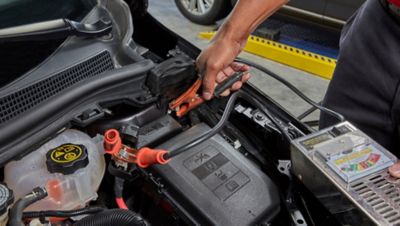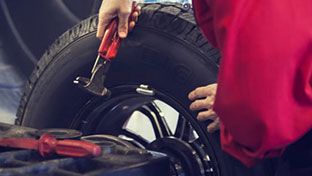When a tire and wheel assembly is first mounted onto a vehicle's axle, the system is balanced – meaning that the weight of the wheel and tire assembly is uniformly distributed around the axle. From the very first bump in the pavement – and with every corner you turn - that weight distribution is shifting. Over time, these tiny shifts in weight add up to a meaningful imbalance. Even a quarter of an ounce of imbalance can put uneven pressure on the treads, causing uneven tread wear and excess heat that shorten the life of the tire. Tire imbalance can also strain the wheel bearings and suspension system.

- What are the warning signs of tire imbalance?
Uneven tread wear is the most common indicator of tire imbalance. When tires become significantly imbalanced, many drivers begin to notice a vibration at speeds around 40 mph and higher – especially if the imbalanced tires are on the front. However, imbalances are not always detectable by the driver. - How Often Should I Have My Tires Balanced?
The tire balancing process often involves placement of tiny offsetting weights strategically placed at points around the wheel. Tires should be rebalanced after any repair, to account for the subtle weight difference introduced by the patch or plug. During typical use, it's a good idea to have your tires balanced every 4,000 to 6,000 miles.

